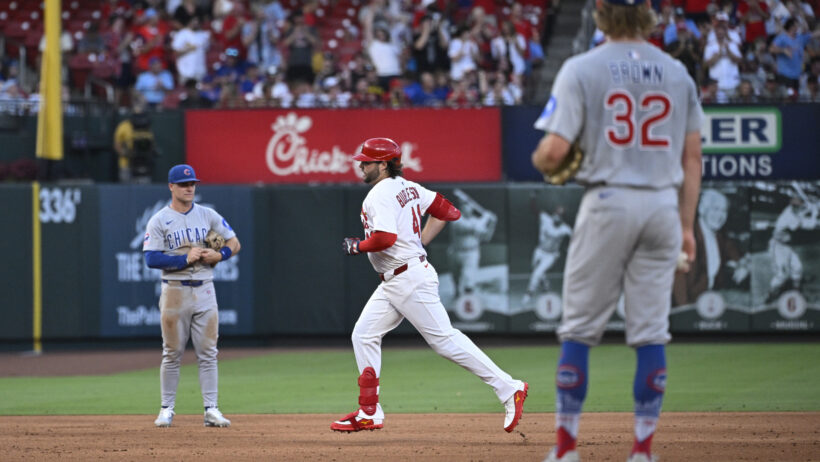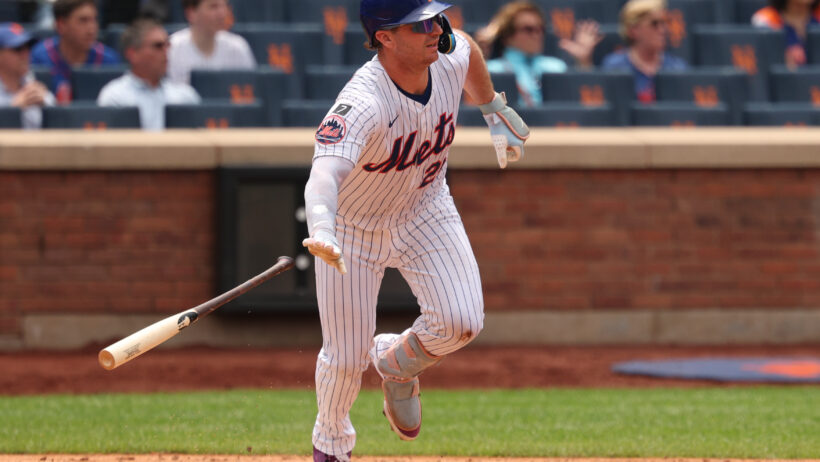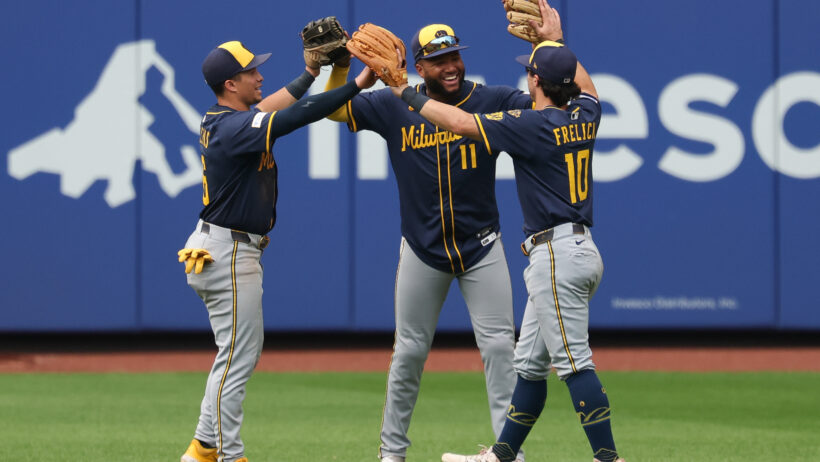What Is Reverse Line Movement?
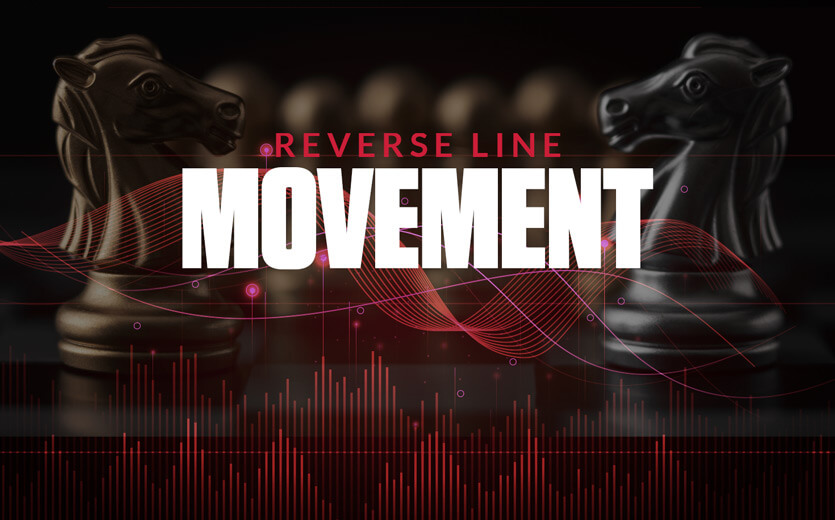
Reverse line movement is a trendy term in sports betting where advanced bettors track line movement and try to catch an anomaly where a sportsbook is moving the line in the opposite direction of what makes sense.
Bettors will study the lines and how they move around to discover these rare occasions, and then bet them to try and take advantage. But why do bettors scrutinize lines so closely, and what’s the real value of locating situations where the line movements contradict what logic would dictate?
It all sounds a bit hazy. Let’s take a deep dive into what reverse line movement is all about.
What Is Reverse Line Movement in Sports Betting?
What reverse line movement actually refers to is when bettors see a lot of action on one side of an opening line — whether it be a spread, moneyline, total or prop — but instead of the sportsbooks moving the line in the obvious direction (to make the opposite side more attractive and encourage bets to balance things out), the betting line moves in the opposite direction. Let’s use this example:

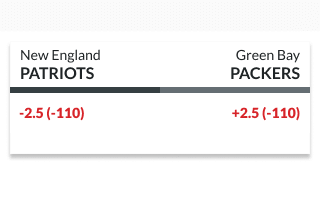
Nowadays, bettors can use different tools to see the percentage of bets on each side. At some online sportsbooks, BetMGM being one example, those percentages are available with the listed betting odds. So let’s say they see the majority of the bets and 80% of the money is backing New England.
Logically, the sportsbook should move the line to New England -3, -3.5 or -4 so that Green Bay becomes a more attractive underdog. Then, sportsbooks can achieve a more balanced distribution of bets and get closer to a 50/50 split.
However, in this case, a reverse line move would be a move that contradicts that logic. Let’s say there is 80% of the money on New England but they move the line in the other direction, making New England -2 or -1.5.
What this tells you is that even though the sportsbooks need money on Green Bay with all of the bets on New England, they don’t appear to be too worried as they seem to believe Green Bay will win. It’s also a good sign that 80% coming in on the Patriots doesn’t include much, if any, sharp money.
Bettors who follow the movement would see this as a tip that the house really believes in Green Bay, in this instance, and then bettors would decide to back them too. That’s the crux of reverse line movement.
Why Do Sportsbooks Set Reverse Line Movements?
In very general terms, sportsbooks make their profit by attracting close to even amounts of money on each side of a game. From there, they can simply take their commission or juice as it’s known. Let’s take a look at the following example:

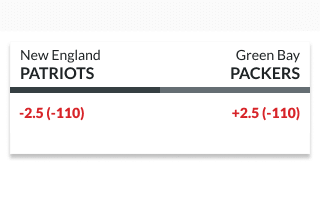
Let’s say there is $55,000 worth of bets on New England and $55,000 worth of bets on Green Bay. Regardless of whoever covers the spread, sportsbooks will pay out $50,000 in winnings but keep $55,000. This means that they’ll make a $5,000.
However, that’s the perfect situation for oddsmakers. As most bookmakers will tell you, that rarely happens.
Why Does the Line Move?
As you can imagine, it is very difficult to achieve a perfect 50/50 split on a game. As a result, sportsbooks have to move the lines to adjust for supply and demand.
Think about it like a stock price: when demand for a stock is high and people are buying, the price goes up. When people don’t want to hold that stock anymore and they start dumping it, the price goes down.
A similar concept is in play with the betting lines as the oddsmakers have to adjust to the action. Let’s reuse our example from above:

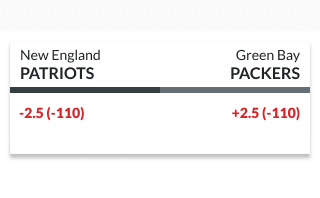
This time, let’s say that there is $110,000 worth of spread bets on New England and $0 on Green Bay.
As you can see, the sportsbooks will have a huge liability on this game and they’ll really need Green Bay to win lest they end up in serious trouble. To avoid such significant financial liability, they are going to move the line. If nobody is betting Green Bay at +2.5, they’ll move them to +3, +3.5, and so on until bettors see enough value on the Packers and start betting on them.
This line movement is crucial to a sportsbook’s survival. The challenge is that they don’t always move it as a result of this, so that’s where things get tricky.
How Sharp Bettors and Squares Influence Line Movement
If all bets were equal, the sportsbooks would adjust the lines in a way that we’ve described above. The challenge is that money generally isn’t evenly distributed. That’s where things get interesting.
Bettors are often put in two categories: squares (or public) and sharps. Squares are bettors who are recreational and typically lose. Sharps are professional bettors who win for a living.
Since sportsbooks understand just how good sharps are, they will typically trust them on their predictions. How they’ll tangibly demonstrate this trust them is to adjust the betting line based on who they are betting on and not necessarily on where the overall money is on a game.
For example, let’s say that 60% of the money is on New England and only 40% is on Green Bay. However, respected bettor Billy Walters places a bet on New England. The sportsbooks may then decide to either keep the line where it is (even though they would need more money on Green Bay) or even move the line in New England’s favor. They understand that sharps win in the long run, so trusting them is a good strategy.
That’s another reason why sportsbooks may move the line. That’s important to understand as we move into reverse line movement.
The Flaws of Reverse Line Movement Strategy
The truth about tracking and betting these reverse line movements is that it’s a very flawed strategy.
To start, bettors can’t precisely know where the money is going. Yes, some tools give you rough percentages, but that’s typically the number of bets and not the amounts of money. In other words, a sportsbook might show an 80/20 split on a game but that’s referring to bets, not overall amounts. That’s flawed because 20 bets at $100,000 could equal 80 bets at $25,000. Unless you see the exact money split, you don’t have the full picture.
Pay attention to the type of sportsbook you’re following for these line movements. There are some sportsbooks who take sharp action, while others cater to less-informed recreational players.
A sportsbook that takes sharp action will move the line based on where their professionals are betting, as mentioned above. A sportsbook that takes recreational players will move the lines based on where the money is (to get a 50/50 split). That’s why these broad, all-encompassing percentages don’t really paint a complete picture of what’s happening behind the scenes.
Lastly, a sportsbook can sometimes move a betting line on news such as injuries, personnel changes or weather, and that could mean they shifted a line without any money actually being bet. Meanwhile, you’re using a tool that shows you lopsided percentages with line moves that contradict those numbers, but in fact, the line was moved due to something completely different.
Those are just a few flaws in the logic of tracking reverse line moves.
Hard Work and Research Are Still Your Best Bet
People look at reverse line movements as a shortcut to handicapping but in reality, there are no shortcuts. Companies who have tools that let you see where the money is at sportsbooks (or percentages) often sell that service and then themselves track the reverse line moves.
They tell you that tracking reverse line movements is a fool-proof strategy that’ll make you money in the long run. However, there’s rarely much transparency in just how they’re attaining that private data from sportsbooks, and whether or not the winning percentages are as good as advertised.
The truth is there are no shortcuts in sports betting. Your best bet is to study the sport, crunch the numbers and pick the games yourself. Reverse line movement is a good tool to utilize from time to time, but it shouldn’t be your exclusive (or even primary) way to gauge your bets.
Speaking of which, if you’re looking for more on advice on how to approach sports betting, check out our strategy section, which is full of articles to elevate your game.

Evergreen Writer/Editor; Sportsbook Expert
With nearly two decades of experience in sports media, Paul Costanzo turned his professional attention to sports betting and online gambling in January of 2022. He's covered every angle of the industry since then, managing and creating content for PlayMichigan and The Sporting News, and now SBD.

